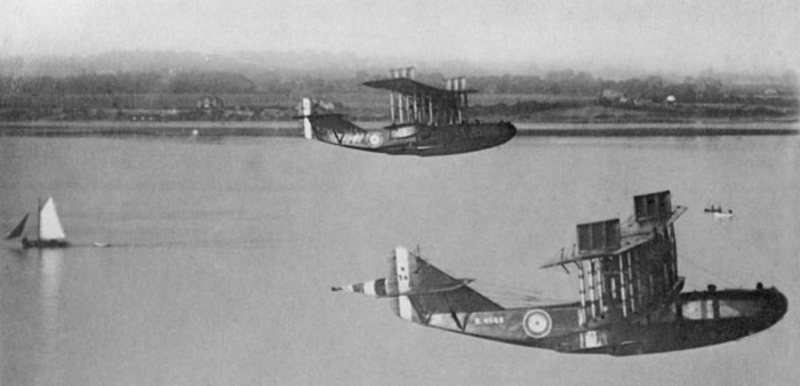Boeing B-314 model in the rotunda

At the center of the Marine Air Terminal is a model of a Boeing B-314, which was installed in October 2021 alongside three new plaques. This model, a 1/10 scale model of the aircraft, replaces an older B-314 loaned to the Pan Am Museum Foundation at the Cradle of Aviation Museum. The new “Yankee Clipper” model was first launched for trans-oceanic travel in the 1930s and was considered a flying boat. Also called floatplanes, flying boats were aircraft that could only land on water. Instead of using pontoons like modern seaplanes, the flying boat had a purpose-built fuselage that gave it the buoyancy to land thousands of pounds of steel in the ocean. Built by Boeing in 1938, the Yankee Clipper was a double-decker aircraft with 36 rooms, an onboard lounge, and a dining hall where passengers would be served five-and-six course meals prepared by chefs from four-star hotels. Men and women had separate dressing rooms and were waited on by white-coat stewards.
The B-314 could cross the Atlantic and Pacific Oceans in one trip and had a cruising speed of 188 miles per hour; some flights lasted longer than 20 hours. The Marine Air Terminal was an important hub for flying boats, though marine airports were popping up all over the country during the 1930s. By the start of World War II, the B-314 was used by fleets of the Army Air Corp and the Navy. Pan American flew missions with the B-314 during the war, such as transporting FDR to the 1943 Casablanca Conference to meet with Winston Churchill. Though by the war’s end, paved airstrips were commonplace, and modern jet airplanes could complete a flying boat’s route in half the time, thus flying boats quickly became artifacts of the past.





